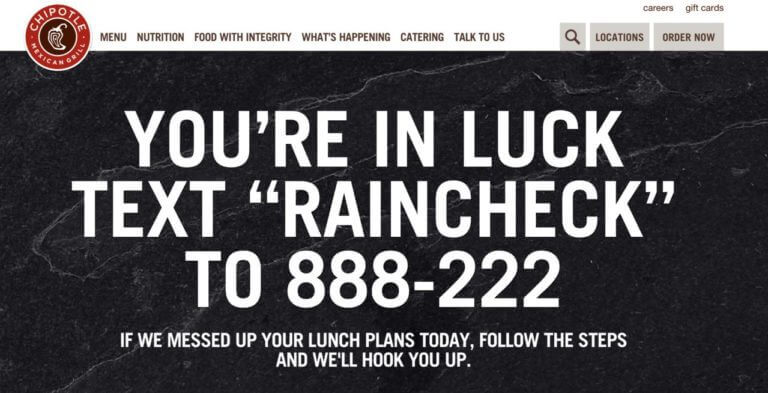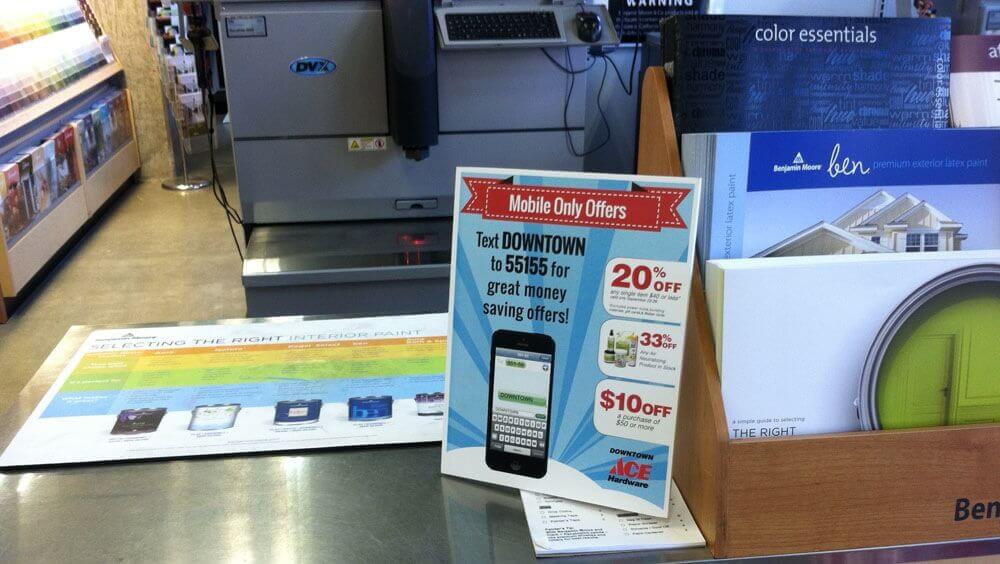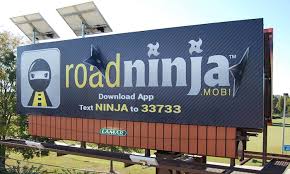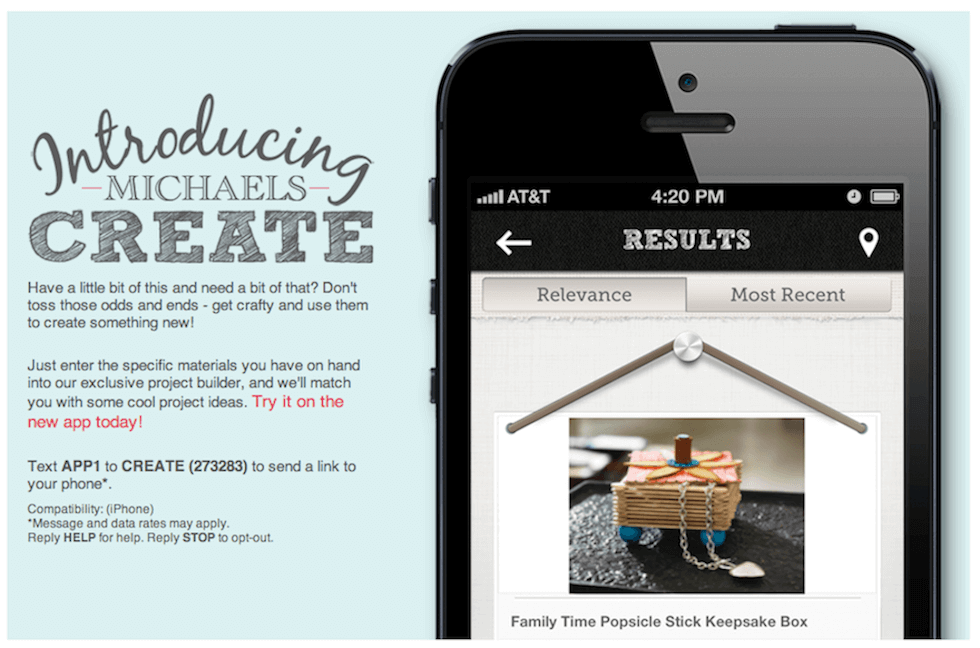Learn how you can Unlock Limitless Customer Lifetime Value with CleverTap’s All-in-One Customer Engagement Platform.

Want to send a message that gets remembered? With SMS short codes, your customers are only 5 digits away from engaging with your brand. Discover how these little digits can supercharge your communication strategy and keep your audience connected.
Pop quiz: what’s the fastest-growing marketing channel around? Hint: it’s not social media.
In 2024, 79% of consumers opted in to receive texts from businesses. Response rates from SMS are 209% higher than from voice calls, Facebook, or email campaigns.
SMS marketing is so effective precisely because consumers want to get your messages, and one delivery tactic that should not be overlooked is the SMS short code. It’s a unique marketing channel where every recipient has opted in. Unlike regular one-on-one text messaging, SMS short codes allow you to send up to 100 SMS or MMS messages per second, effectively engaging more users than ever before.
The SMS short code is a 5-6 digit number you can use to get customers to opt into your SMS marketing campaigns.
In the above image, the SMS short code is 811111, and the opt-in keyword is “READTHIS.” SMS marketing software will then validate that code whenever it receives a message to ensure the consumer gets the proper offer or the matching opt-in confirmation.
When consumers send the right keyword to your short code, they opt in to receive your SMS and MMS (multimedia) messages. Now you have their mobile number and permission to send them marketing messages. Cue those promotional texts!
So, what are the differences between SMS short code and long code? Here are some highlights:

Originally, wireless carriers developed shortcodes as shortcuts to regular 10-digit mobile phone numbers. The drawback was that they only worked within the originating carrier (i.e., a short code under AT&T could only be used by AT&T customers).
The mobile industry saw the need to reach outside the walled garden of each carrier and decided to implement what is now known as the Common Short Code (CSC). Any mobile phone customer could use this shortcut number regardless of carrier.
Before starting your journey to SMS marketing with short codes, you should familiarize yourself with the different types of short codes. There are four main types: vanity, random, dedicated, and shared. Here’s a quick breakdown of each.
Shared short codes were once used by multiple businesses, with each company assigned a unique keyword to differentiate its campaigns. Sometimes, hundreds, even thousands of brands use one number. For example, two businesses would share the short code “555555,” but one used the keyword “BOOKS,” and the other used “MOVIES.” The manager of the shared short code ensured that no two brands had the same keyword since each keyword corresponded to a unique brand or campaign.
While once a popular, cost-effective option, most mobile carriers began phasing shared short codes out in 2021 due to regulatory concerns and the potential for spam or abuse. As a result, obtaining a new shared short code from major carriers in the U.S. and many other regions is generally impossible. Carriers are moving businesses toward dedicated short codes or alternatives like 10-digit long codes (10DLC) for sending SMS campaigns.
While shared short codes are still available in some regions or from certain providers, they are increasingly rare and not recommended due to potential compliance issues and carrier restrictions.
Use Case: Historically, shared short codes were popular among small businesses and startups looking to save costs while running SMS campaigns. They were often used for promotions, contests, and customer opt-ins.
Consideration: Due to regulatory changes and carrier restrictions, shared short codes are very rare in most markets, and businesses have been encouraged to shift to dedicated short codes or long codes for better compliance and customer trust.
Dedicated short codes are assigned exclusively to one business. Whether vanity or random, the key advantage of a dedicated short code is that it’s reserved solely for your brand’s use, meaning there’s no risk of another company using the same code and causing confusion. This exclusivity ensures your customers receive consistent, branded SMS messaging, making it easier to build trust and keep your communications clear. Dedicated short codes are often used for companies that send high volumes of SMS messages, as they provide flexibility in messaging without sharing resources.
Use Case: Dedicated short codes are best for businesses that need complete control over their SMS marketing campaigns and send a high volume of messages, such as banks, airlines, or large retail chains.
Consideration: While more expensive than shared short codes, the control and exclusivity make them a top choice for brands prioritizing consistency and security in their messaging.
Random short codes are assigned by mobile carriers or service providers. Businesses don’t get to choose the number, so it might seem less memorable at first glance. However, random short codes still serve as a powerful tool for sending and receiving SMS messages. They are a more budget-friendly option compared to vanity short codes and are often used by small to medium-sized businesses. Despite not being customizable, random short codes function perfectly well for campaigns like reminders, alerts, and customer support.
Use Case: Random short codes are great for businesses that want to run SMS campaigns but don’t require high brand recognition in their numbers. They’re often used for transactional messages like appointment reminders and delivery updates.
Consideration: While they lack the brand-specific appeal of vanity codes, random short codes are more affordable and still adequate for most SMS marketing needs.
Vanity short codes are custom numbers businesses can choose to make their campaigns more memorable and branded. These short codes are often composed of numbers that spell out a word related to the company or its offerings, making them easy for customers to recall. For instance, a coffee chain might use “COFFEE” (263333) as their vanity short code. The main advantage of vanity short codes is brand recognition. They are perfect for businesses running large marketing campaigns where it’s essential for customers to easily remember the number to respond, vote, or opt into promotions.
Use Case: Vanity short codes are ideal for large-scale branding campaigns where brand identity plays a significant role.
Consideration: Vanity short codes can be expensive, with higher setup fees and monthly costs than other types, but the branding benefit often makes them worth the investment for larger companies.
Now that you know what SMS short codes are, how do you use them for SMS marketing? There are many options. But here are four of the most effective tactics you can use.
One of the simplest ways to promote your mobile app is through a keyword campaign in your physical stores. All it would take is posters and signs on your property.
For example, hang posters at your brick-and-mortar retail outlet inviting customers to text a keyword to your SMS short code to download your app. Sweeten the deal by offering instant discount coupons when they install your app.
Here is an example of physical signage in Ace Hardware touting their “mobile-only offers.”

Another tactic, and probably the most widely used, is advertising your short code.
Use the number in website banner ads, bulk SMS messages, and advertisements on traditional media such as TV, radio, print, and billboards. The confirmation message they receive from you can contain a direct link to download your app.
Here is a campaign for a road trip app using an outdoor billboard.
One of the most effective ways to engage your users is to set up a short code for them to join your elite members’ club for exclusive offers and discounts.
For example, Michael’s encourages people to text APP1 to 273283 to download their new app and get the exclusive project builder.
Have your users text your SMS short code to receive updates and alerts about your app via mobile. For some people, this is their preferred communication method, allowing you to engage them outside of the app or away from their email inbox.
One important reminder: do not try to game the system by buying phone lists or sending messages to random numbers.
Be a responsible SMS marketer and ensure every text or multimedia message you send goes to someone who opted in. Otherwise, your organization could be fined up to $500 per message sent to a spammed consumer. Local governing bodies enforce strict rules and regulations governing SMS marketing. You don’t want to mess with them.
Promoting your app is just one of the many ways you can use short codes. Businesses use short codes to maximize engagement and improve customer experiences in several ways. Short codes are frequently used in marketing campaigns to deliver exclusive promotions and discounts. Businesses can encourage customers to text a keyword (e.g., “SALE” to 12345) to receive a special offer. This is an easy way to drive immediate engagement and increase sales, especially during holiday seasons or special events.
Short codes are also a popular tool for running SMS contests or polls. For example, a brand might ask customers to text a specific keyword to enter a giveaway or vote in a poll. This boosts engagement while allowing businesses to interact directly with their audience.
Another great usage for SMS short codes is streamlining customer support interactions. Customers can text specific keywords to receive automated responses or initiate live chats. For example, “HELP” to 55555 could trigger an FAQ response or connect the customer with a support agent, making it easier for businesses to handle large volumes of inquiries.
Short codes are widely used for two-factor authentication, where users receive a one-time password (OTP) via SMS to verify their identity. This adds a layer of security for services like banking, e-commerce, and social media platforms.
Finally, service-based businesses such as healthcare providers, salons, and auto repair shops often use short codes to send appointment reminders. A simple SMS reminder reduces no-shows and keeps customers informed.
Now that you you have an idea how effective short codes are for SMS marketing, you may be wondering how to get a short SMS number.
Decide whether you need a vanity short code (a custom, memorable number) or a random short code (assigned to you). Vanity codes are more expensive but offer better branding, while random codes are more cost-effective.
Shared short codes may or may not be available depending on your market.
The application process for short codes varies from region to region. Here are the details for various countries:
| Market | Types | Application | Approval Time | Cost |
| U.S. | Dedicated vanity or random Shared short codes are being phased out. | Must be leased through an approved provider. The application is submitted to the Common Short Code Administration (CSCA), and then the carriers must approve. | 8 to 12 Weeks | $500 – $2000 |
| Canada | Dedicated vanity or random Shared short codes are being phased out. | Similar to that in the U.S., but applications are submitted to the Canadian Wireless Telecommunications Association (CWTA) for approval. | 8 to 12 Weeks | $500 – $2000 |
| Europe | Dedicated vanity or random: Shared short codes are still available in some countries. | Managed by country-specific telecom regulators. In some countries, short codes are issued by mobile network operators (MNOs) directly, while in others, third-party aggregators handle the process. | Three weeks in the UK; several months in others | $500 – $3000 |
| India | Dedicated and shared short codes available | Short codes are typically obtained through mobile carriers. | 4 to 6 Weeks | Dedicated: $300 – $600 Shared: $60 – $180 |
| China | Dedicated and shared short codes available | Submitted through your service provider to one of the three main telecom operators: China Mobile, China Unicom, or China Telecom. | 4 to 6 Weeks | Dedicated: $2,200 to $7,000 Shared: $700 to $2,200 |
For larger enterprises that operate globally, one way to avoid the red tape of short code applications is to use an SMS aggregator. SMS aggregators are third-party service providers that act as intermediaries between businesses (or enterprises) and mobile network operators (MNOs).
They facilitate the process of sending and receiving SMS messages at scale by connecting businesses to multiple carriers globally through a single platform. Instead of businesses having to negotiate individual agreements with every mobile carrier, SMS aggregators manage those relationships, allowing companies to send bulk SMS messages quickly and efficiently.
The entire process can take weeks to months, depending on approval times, so planning ahead is essential.

Additional Costs
SMS aggregators (or SMS providers) will charge you a one-time set-up fee. Depending on the country and provider, this fee varies for your chosen SMS short code service and can range from $1,100 to $3,000.
An SMS aggregator or short code service provider will also charge you for hosting your short code on their system.
And just because you’re leasing a short code doesn’t mean you can send messages for free. You’ll have to pay a messaging fee for each SMS or MMS message you send out. This fee – anywhere from $0.04 to 0.05 a message – goes to your SMS aggregator or SMS short code service provider.
SMS marketing has been around for quite some time now and is a proven marketing channel simply because text messages allow you to deliver time-sensitive info to your users.
CleverTap offers an extensive SMS marketing feature set that allows you to schedule campaigns, have them triggered by in-app user activity, or even add personalization to your messages. Sign up for a demo today.